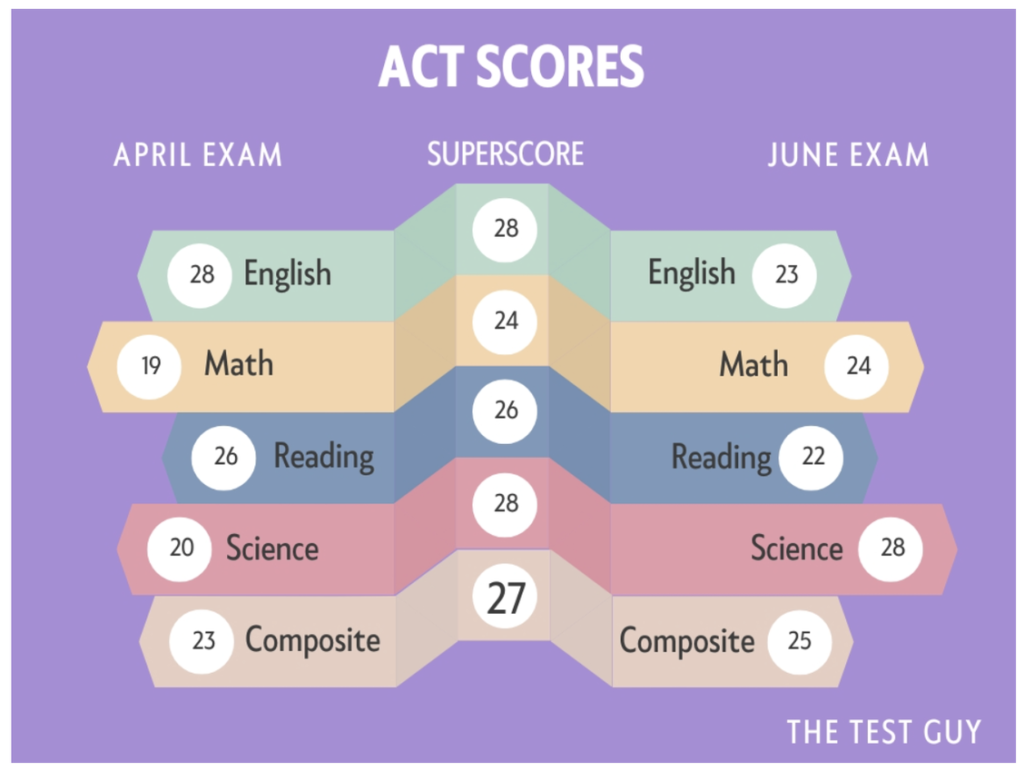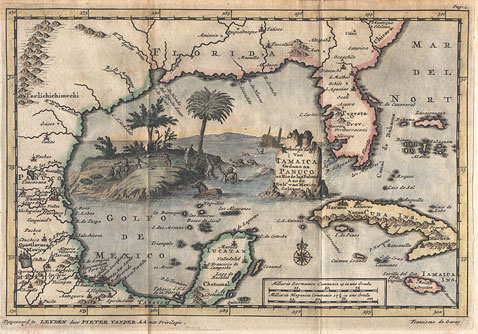That score matters – especially if you live in Florida.
Florida’s Bright Futures Scholarship Program pays high school graduates for their academic achievement. Most of the qualifications your child likely already meets. The real thing that makes them competitive is that it relies on a strong ACT score.
We’ve worked in Pace, Florida, for the past four years. We love the community; we love the families. We’ve had enough kids (90+) to get a feel for what Pace High is good at and what it struggles at. 80%+ of our Pace students qualify for Bright Futures. But kids without the proper prep leave thousands of dollars on the table.
June of senior year is the last time kids can take the ACT to qualify for Bright Futures. We routinely get families of seniors at this time of year–or even later. We’re happy to help. We see those kids, those families, as a unique opportunity to make a difference. Very often we do make that difference.
But this scenario’s not ideal. There’s a lot of pressure on those kids. They have few shots left before June, and often they’ve taken the test several times with no improvement. Sometimes they’ve scored even worse.
If that sounds like your kid, get to work while there’s still hope.
The composite (overall) ACT score is the average of the four section/subject scores: English (grammar), Math, Reading Comp, and Science (requires no science knowledge; it’s just analytical reading). A superscore is an all-star score–the best of the section scores across different test dates.
For example: Let’s say your child did really well on English and Reading on their first test but poorly on Math and Science. They can work to improve their math and science skills, take the test again, and combine the scores.



